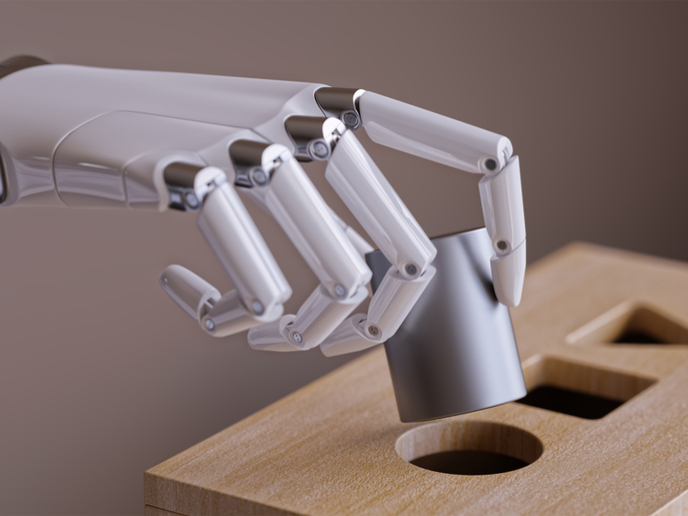When virtual brain models meet real and simulated robot bodies
The HBP’s Neurorobotics Platform (NRP) is a set of tools to connect and simulate brain and body together (‘embodiment’). It supports virtual experiments in physically realistic simulated environments through which neuroscientists can evaluate functional performance of brain models in the context of behavioural tasks, and so compare or refine them iteratively. This provides researchers with new tools to study topics such as neural control of movement or learning mechanisms in the context of interactions with the environment. Eventually, the knowledge derived from these studies will fundamentally change the way robots are designed. Better understanding brain structure, function and dynamics The first step for embodied simulation is to define a task to be performed and establish the relevant virtual and robotic setup. Next, a control architecture (brain) for the simulation is selected, alongside the relevant learning paradigms and experimental scenarios. The NRP supports users at every step of this process. The closed-loop experiments then afford neuroscientists a unique opportunity to explore the relationship between brain structure, function and neural dynamics in specific behavioural contexts. For example, several HBP partners are jointly investigating how oculomotor activity, visual processing and dexterous motor control work together in tasks that involve grasping moving objects. Others are creating a virtual mouse for the NRP, complete with a highly-detailed musculoskeletal system; the objective is to create a virtual model that is as close as possible to its biological counterpart, so that some animal experiments can be reproduced and carried out virtually. These advances may eventually provide significant benefits for medical science. For example, members of the HBP team are modelling the neural circuitry of the spinal cord and simulating it in order to understand how spinal stimulation can be optimised and/or personalised. One of the principal aims is to assist patients with spinal cord injuries in recovering some capacity for locomotion, and neurorobotic developments could prove invaluable here. Building better robots Other experiments aim to unlock the secret of the biological processes that enable the brain to adapt behaviour to changing environmental conditions. This would provide researchers with the means to build better robots, increasing their effectiveness in areas where the current state-of-the-art is found lacking, such as with situational awareness. Additionally, the NRP provides all the simulation tools required to train robotic systems in simulation: not only does this minimise the risk of damage to expensive hardware, it also opens up the possibility of using massively parallel training algorithms. “Using High Performance Computing will greatly reduce the time needed to train robotic systems. Additionally, virtual prototyping of robotic platforms should reduce development costs and deliver better designed, more robust products,” says Prof.Dr. Alois Knoll, project leader for the NRP. Some HBP partners are now investigating whether brain-inspired cognitive architectures may be useful as control systems for industrial robotic arms operating in collaboration scenarios (cobots). They also extend these research efforts to mechanically-compliant robots, which could provide ‘safety by design’ where robots must operate around humans – in factories for example. The NRP is public, online and available for researchers who want to test their brain models or to build the brain-inspired robots of the future. “Virtualisation of neuroscience is the natural next step, where the limits are those imposed by computation power. In other words: the sky is the limit!” concludes Prof.Dr. Knoll.
Countries
Switzerland



